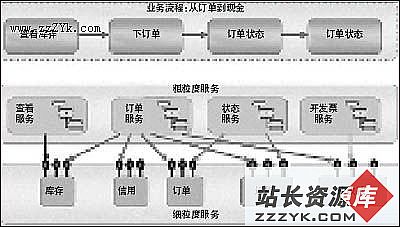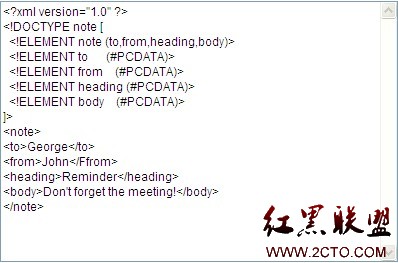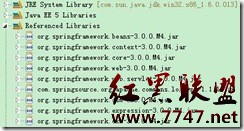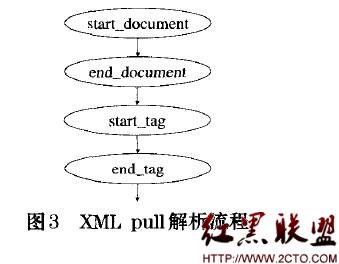自定义组件示例:使用attrs.xml文件定制RadioButton
1.在res/values下创建attrs.xml
<declare-styleable name="MyRadioButton">
<attr name="str" format="string"/>
</declare-styleable>
MyRadioButton为组件名字,随意起,attr标签定义组件的属性,name对应的是属性名,format是属性的类型,具体可参见《[Android]attrs.xml文件中属性类型format值的格式》。
2.在自定义的组件中使用attrs.xml文件的定义
public class MyRadioButton extends RadioButton {
private String url;
public MyRadioButton(Context context, AttributeSet attrs) {
super(context, attrs);
TypedArray taArray = context.obtainStyledAttributes(attrs,R.styleable.MyRadioButton);
this.url = taArray.getString(R.styleable.MyRadioButton_str);
taArray.recycle();
}
public String getUrl() {
return url;
}
public void setUrl(String url) {
this.url = url;
}
}
a. TypedArray是存放资源R.styleable.MyRadioButton指定的属性集合。
b. 通过getXXX()获取属性值。
c. recycle()结束绑定
3.在布局文件中使用
<LinearLayout xmlns:android="http://schemas.android.com/apk/res/android"
xmlns:demo="http://schemas.android.com/apk/res/net.csdn.blog.wxg630815"
android:layout_width="fill_parent"
android:layout_height="fill_parent"
android:orientation="vertical" >
<RadioGroup
android:layout_width="fill_parent"
android:layout_height="wrap_content"
>
<net.csdn.blog.wxg630815.MyRadioButton
android:layout_width="fill_parent"
android:layout_height="wrap_content"
android:id="@+id/myradio1"
demo:str="1.csdn.net"
/>
<net.csdn.blog.wxg630815.MyRadioButton
android:layout_width="fill_parent"
android:layout_height="wrap_parent"
android:id="@+id/myradio2"
demo:str="2.csdn.net"
/>
</RadioGroup>
</LinearLayout>
注意:xmlns:demo="http://schemas.android.com/apk/res/net.csdn.blog.wxg630815"
只有声明这句以后,url属性才会被布局文件识别。net.csdn.blog.wxg630815指的是AndroidManifest.xml文件中manifest元素的package属性值。
使用demo:str给url赋值。
摘自 行在路上
补充:移动开发 , Android ,




